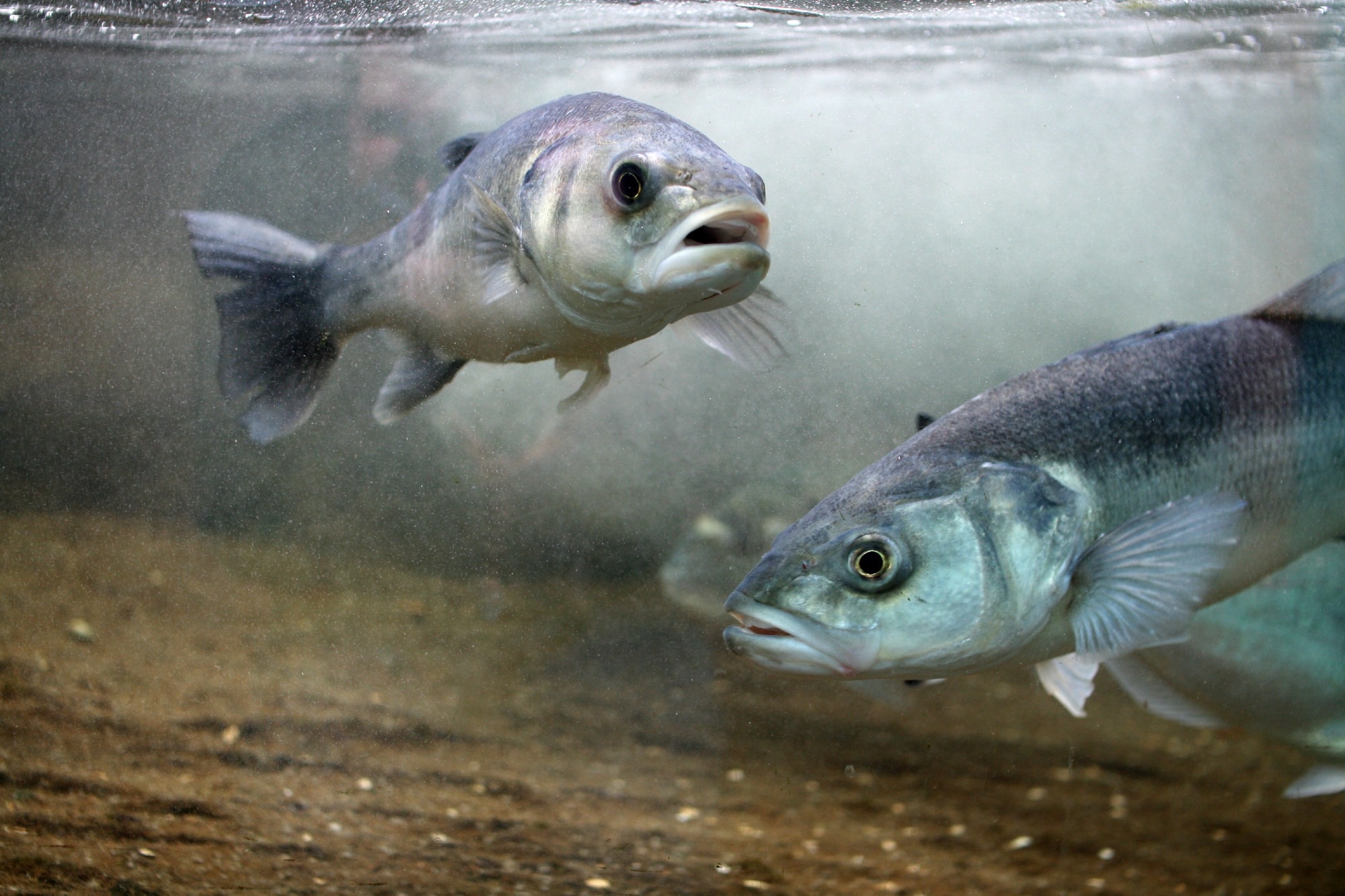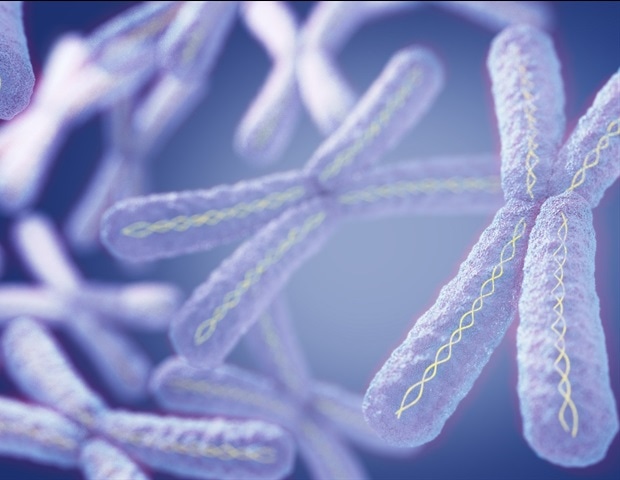Many individuals might not notice that the standard sea urchin is a titan with regards to the research of biology. Now, researchers from Japan have found that sea urchins could assist organic research go additional than ever earlier than.
In a research revealed on this month in Growth, Progress and Differentiation, researchers from the College of Tsukuba have revealed {that a} specific species of sea urchin could also be a recreation changer, opening up new avenues for genetic research.
Sea urchins have been used for over 100 yr as a mannequin for understanding how organic programs work. These organisms have enabled the identification of mechanisms underlying organic phenomena, starting from gene regulatory networks to the proteins concerned in cell cycles. Nevertheless, there’s a catch-;the mannequin species used up to now take 2 years to succeed in reproductive maturity, making them unsuitable for genetic research.
To have the ability to research genetics in sea urchins, we have to discover species with brief breeding cycles, or to hurry up the cycles of the present mannequin species. In our research, we appeared for a species with a brief reproductive cycle.”
Professor Shunsuke Yaguchi, senior writer of the research
The researchers recognized Temnopleurus reevesii as a candidate species as a result of it solely takes 6 months to provide the subsequent era, and eggs and sperm could be collected constantly all year long when saved at a temperature over 20°C. Most different mannequin sea urchins do not have these options, which make this species helpful for culturing in a lab.
The workforce assembled a draft genome of T. reevesii and constructed two genome databases, TrBase and the Western Pacific Sea Urchin Genome Database (WestPac-SUGDB), the latter containing genomic data on T. reevesii and one other mannequin urchin species, Hemicentrotus pulcherrimus. The purpose of making these databases was to offer genetic data and set up a portal website for West Pacific sea urchin genetic information. WestPac-SUGDB additionally has search applications for evaluating the 2 datasets.
“We predict that these databases will contribute not solely to sea urchin genetic research, but in addition to evolutionary research and comparative genomics,” says Professor Yaguchi.
The outcomes of this research have opened up the potential for utilizing T. reevesii as a new mannequin species for research in various fields, together with cell, developmental, experimental, and evolutionary biology. Moreover, the researchers counsel that investigations within the close to future will determine one other sea urchin species as an improved mannequin organism for drugs and the life sciences.
Supply:
Journal reference:
Kinjo, S., et al. (2022) TrBase: A genome and transcriptome database of Temnopleurus reevesii. Growth, Progress and Differentiation. doi.org/10.1111/dgd.12780.














